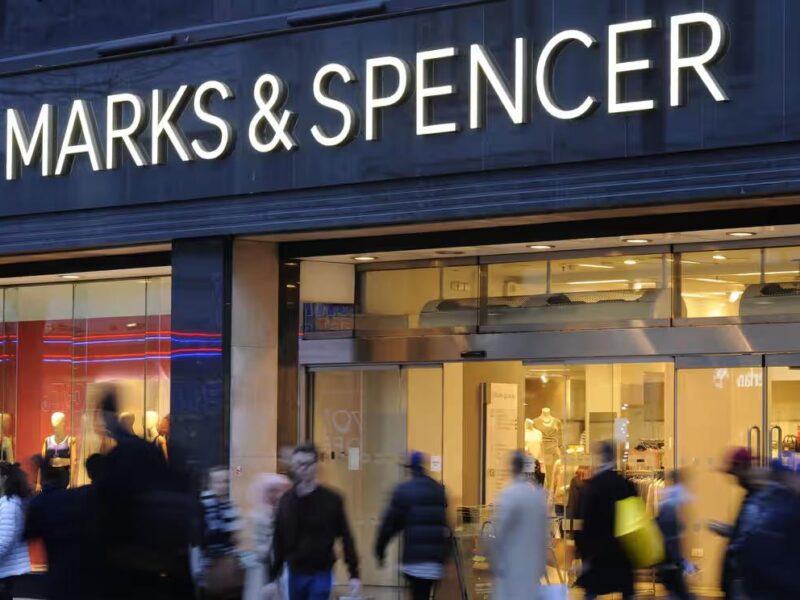The retail chain has expanded its store footprint, reduced basic costs, and persuaded customers to use it for more than simply sandwiches.
Marks & Spencer has claimed its “best ever Christmas” as customers returned for cheaper-than-expected everyday food products – and consistently reasonable apparel – as the company made a serious push for a larger part of the weekly grocery shop.
Under Stuart Machin’s leadership, the business has opened larger stores, reduced costs on household essentials, and even offered larger packs to entice shoppers to do more than pick up a sandwich for lunch or a cooked meal for dinner.
The retailer’s efforts to extend its appeal appear to be paying off, as the number of larger food baskets worth more than £30 that went through the tills increased by 15% over the quarter, owing to the larger food halls that it has lately constructed through refurbishments or new openings.
According to research firm NielsenIQ (NIQ), M&S came closer to Waitrose, taking a 3.4% share of the grocery market in the 12 weeks to 2 December, up from 3.3% the previous year. The upmarket retailer is unlikely to ever overtake Tesco or Sainsbury’s, which have shares of approximately 26% and 14%, respectively, but Waitrose, with only 3.6%, is a target.
Machin announced on Thursday that the company had taken a £60 million hit to profit margins in order to maintain prices competitive and attract customers.
Sales of M&S’s budget Remarksable range, which includes critical staples like butter, milk, and bread at costs comparable to the mainstream stores, increased 18% over the Christmas period, while customers stopping in for some basics also spent 10% more on M&S’s top of the range products.
“Our food business is becoming a different food business and that is not just for Christmas,” Machin added.
“Five years ago we had only a handful of stores that were doing £1m in Christmas week now we’ve got 20-plus doing a lot more than that.”
M&S has become an unusual sensation on social media channel TikTok, where influencers ranging from moms to students can be heard gushing about the deals that can be obtained, thanks to clever marketing and prudent pricing on everyday things.
Better availability and lower costs, aided by M&S’s long-term food distribution partner Gist’s acquisition in 2020, have helped to underpin the performance.
Another potentially missed component of the strategy is a partnership with online retailer Ocado, in which M&S will become a co-owner and the primary grocery partner in September 2020.
The joint company, which produces separate financial results, is still unprofitable, but it does have other advantages.
M&S currently sells 90% of its products online, offering extra volume and, as a result, better agreements with suppliers. It also appeals to younger buyers who may not have visited a high street store before, a trend that corresponds with M&S’s efforts in fashion, which have similarly enhanced appeal to millennial women.
No doubt, information about what sold successfully for Ocado’s former business partner, Waitrose, was beneficial to M&S, which had to put together multiple copies of the posh grocer’s bestsellers to keep Ocado customers on board following the changeover. The presence of Ocado’s army of family shoppers has also enabled shifts into emerging areas such as frozen foods more realistic.
Waitrose would need to lift its game to avoid being trounced by its long-term opponent, according to Machin, who stated that it was not only targeting one competitor.











